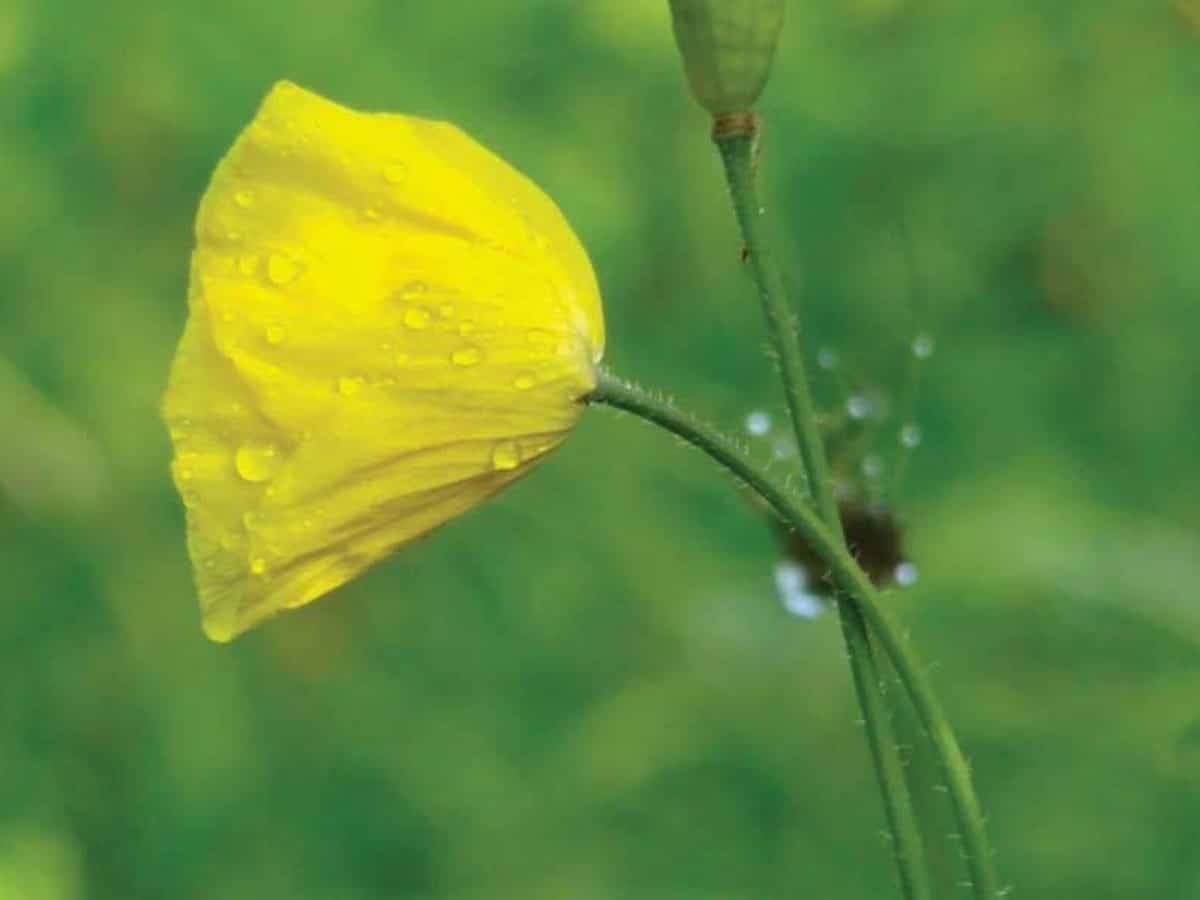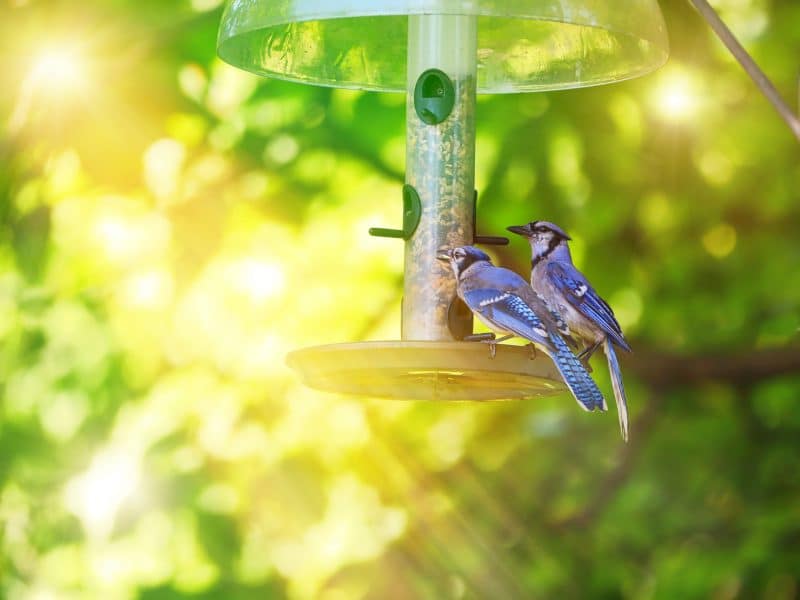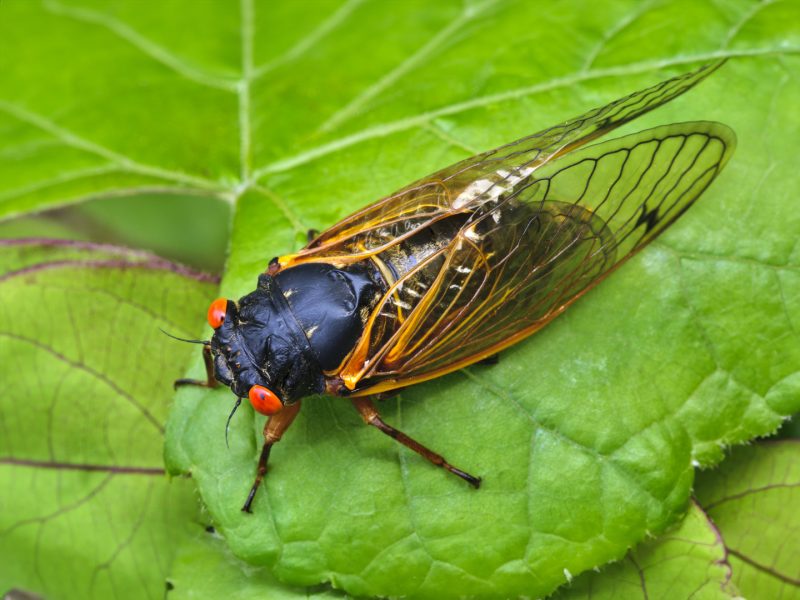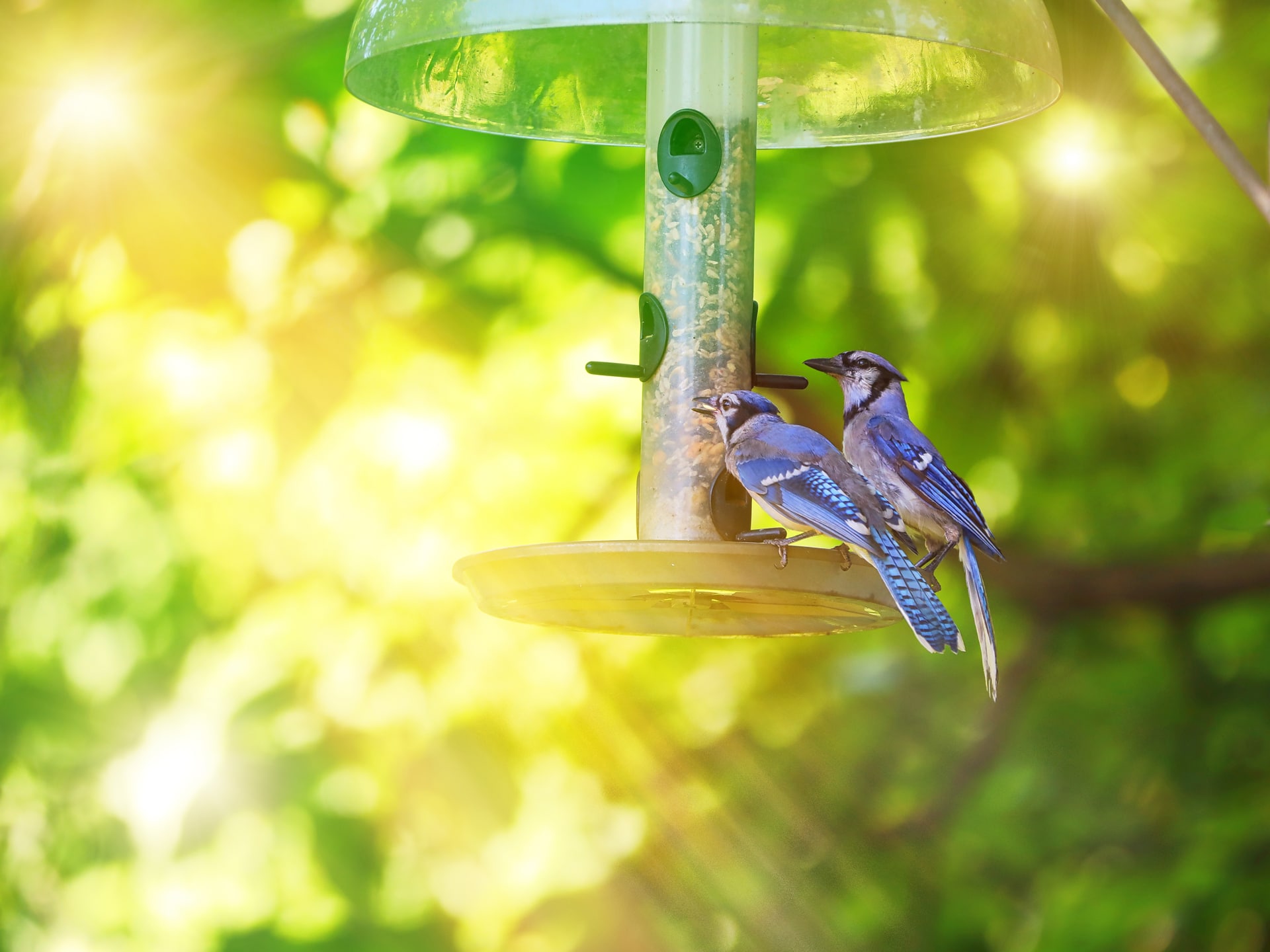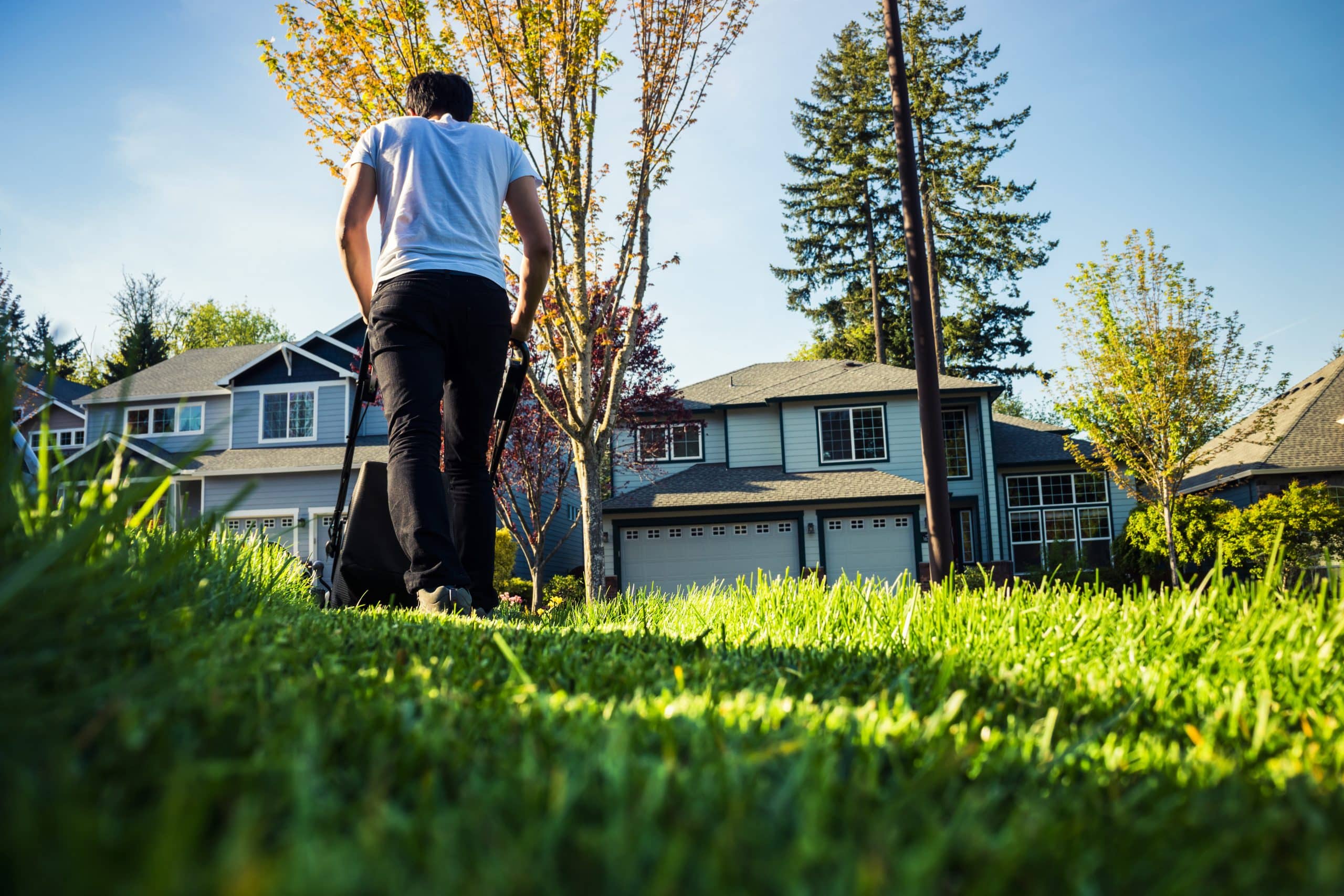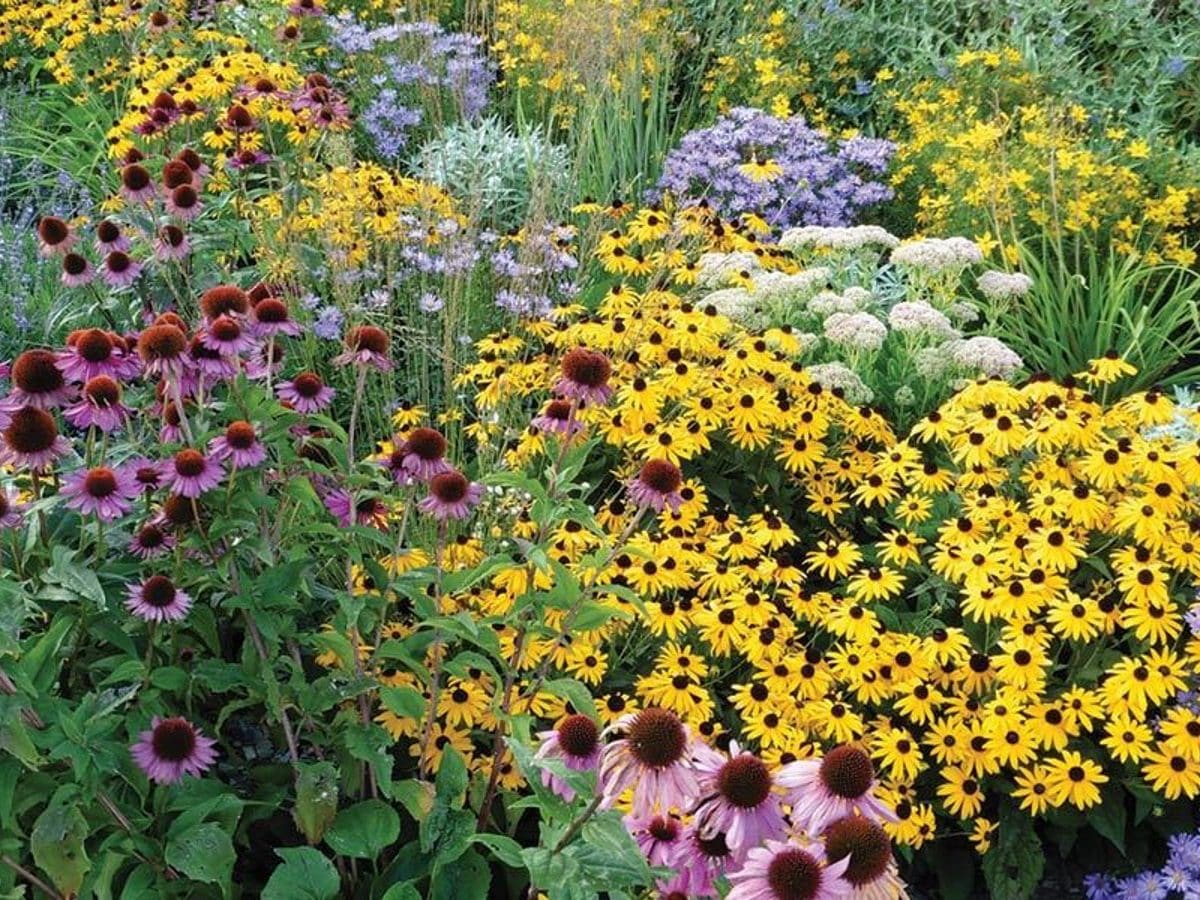In today’s post, we want to offer tips for successful gardening in wet weather. Chicago had 6.8 inches of rain in June, exceeding our monthly average of 3.45 in a more typical June. The abundance of rain we have had, along with the warm temperatures and humidity this year, provides challenges for you in the garden: fungal disease, weeds, slugs, caterpillars, and other insects.
Fungal Diseases
Fungal diseases are encouraged by wet conditions, crowded plants, and infected plant material in the garden. Black spot and powdery mildew are the most common. Black spot shows up mostly on roses as spots on the leaves. Powdery mildew appears as a whitish powder.
Creating better air circulation around your plants is the best way to control and eventually eradicate fungal disease. This means removing weeds, cutting back overgrown plants, and carefully removing (and discarding) dead plant material.
Weeds
Keeping up with the weeds helps with air circulation, and adding mulch after weeding will help keep the weeds down. However, don’t use so much mulch that you increase the wet conditions in your garden beds.
Prevent new weeds with pepper spray (see our recipe in this issue), diluted vinegar, or a weed-killer spot treatment. Applying a pre-emergent like Preen can also prevent new weeds for several weeks.
We have many garden care products for weed, pest, and disease control and treatment. What you use will depend on the type of infection, the infected plant, and the extent. For the best diagnosis, bring us photos or a sample big enough that we can identify the plant and the disease.
Slugs
Another major wet-weather problem is slugs! They can cause significant damage if they are present in large numbers. You will see them in wet areas under plant debris and likely see their damage most readily on Hostas, which are not slug resistant.
If you find these pests, there are several approaches to controlling them. But, once again, weeding is the first line of defense as it ruins their habitat. Other treatments: Eggshells or a small amount of dry gravel spread around your plants will kill them. Copper pennies under your hostas also work to deter them. Fresh beer placed in plastic carton lids around the garden will collect slugs.
Earwigs
Finally, earwigs! Because it was very wet in June, you may also see earwigs in the garden. They are recognized easily by their pincers. The bug is dark reddish brown and about ½ inch in length. Earwigs live in wet areas and eat dead bugs and decomposing plant material.
Earwigs have a beneficial role and are important predators of aphids, so you should first consider leaving them alone. Then, treat only if you have a large number and see evidence of damage to your vegetable crops.
The hotter it gets, the more bugs you’ll see in the garden, including aphids, caterpillars, and more.
We hope these tips will help you deal with the water challenges around the garden this year. If you have other questions or need help in your outdoor space, please stop by one of our five locations and let us give you a hand. We look forward to seeing you around the Garden Center!

